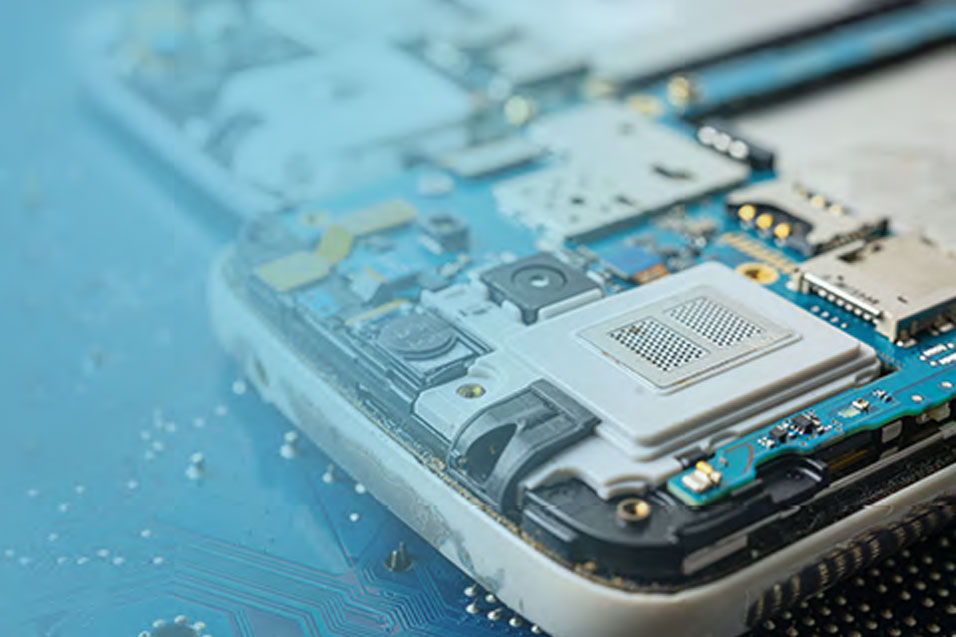A new generation of electric vehicles is coming, and their success (in terms of adoption) will depend on new charging technologies.
The International Energy Agency estimates that electric vehicles will grow from 3 million to 125 million by 2030, which means an average of 44 million vehicles sold each year. As electric vehicles replace vehicles powered by fossil fuels, more charging stations must become available to cater to the growing numbers of e-vehicles. Charging stations provide connectors equipped with multiple adaptors to ensure compliance with a variety of standards. For example, the most widely adopted standard, direct current rapid charging, uses multiple adaptor chargers like combined charging system (CCS), CHAdeMO, and AC fast charging.
Here we will look at the top six electric vehicle charging innovations already taking place.
Wireless Electric Vehicle Charging System
Wireless chargers for electric vehicles work the same as cell phone chargers, both use inductive charging technology. One magnetic coil in the charger which is hidden beneath the road surface transfers electricity through an air gap to the second magnetic coil which is fitted underside of the vehicle. Drivers simply need to park their vehicle in a position where the coils are adjusted for charging to begin. The car could be parked several inches away from the charging point, and yet be accessed.
Pop-Up Pavement Chargers
A pop-up EV charger is an innovation that could minimize street clutter; it rises out of the pavement when enabled remotely via a smartphone application. An EV charging company, Urban Electric Networks based in London, has developed a UEone on-street device that retracts into the ground when not in use, much like bollards.
Six pop-up chargers, offering fast charging measuring up to seven kilowatts (KW), were installed in Oxford in November 2019 as part of a trial, and the company plans to begin commercial production in 2021. They have claimed that there will be zero cost to councils for installation, supply, operation, and maintenance. In addition, to reduce the amount of pavement that needs to be dug up, the chargers would be installed in clusters rather than as individual charge points.
Roadside Street EV Car Charging Cabinets
Roadside street cabinets could play a significant role in the EV revolution because they are fixtures in almost any community with an internet connection. The telecom infrastructure that connects a local public telephone exchange with individual properties to allow phone calls and broadband services can be converted to offer curbside charging points as well.
Deutsche Telekom, a German telecom company, announced plans to turn 12,000 street cabinets into charging stations in 2018. They say that each device will supply two vehicles with enough power per hour for a range of between 50km and 75km.
As per the report published in Jan 2020, Deutsche Telekom has already commissioned its first public electric car charging stations in Bonn and Darmstadt as it aims to build a nationwide network by upgrading parts of its existing telecommunications infrastructure to become charging stations.
Lamp post EV charging points
In Europe alone, there are an estimated 90 million lamp-posts but most of them are under-used resources.
The EU harbours hopes of converting 10 million lamp-posts into smart EV charging lamp-posts. All of them will be equipped with Wi-Fi connectivity hubs. It alas has sensors to monitor air quality, water level, and flood monitoring, and smart lighting capabilities.
Lamp post electric chargers are potentially a cost-effective way of expanding the electric car charging point infrastructure, as it is claimed that they can be installed quickly and simply relocated based on local demand.
Self-Heating Batteries
The scientists developed a battery that could “self-heat” to avoid below-freezing power drain during harsh weather conditions. The lithium-ion batteries may degrade very quickly when charged at temperatures under 10 degrees Celsius, results in “lithium plating” which causes a reduction in cell capacity as well as voltage spikes and unsafe battery conditions.
Whereas the self-heating batteries can quickly heat and cool themselves to enable optimum charging conditions and protect themselves from the damage that is usually caused by heating the battery at a high temperature for a long period of time.
Electric Roads
While many electric vehicle charging innovations necessitate cars being parked, a Swedish pilot has explored the possibility of charging on the go using electrified roads. Electric rails have been installed in the tarmac of a 1.25-mile road network near Stockholm by the team behind the state-funded eRoadArlanda project in Sweden.
A vehicle’s moveable arm senses the electric rail’s position on the road and charges it automatically when driving above it. It operates similarly to trams, but instead of being operated by an overhead line, it is powered by conductive feeds from the road below. The charging stops when the vehicle is overtaking or coming to a halt. After all these innovations in the EV charging space, the automotive industry has greater potential to transform the charging infrastructure. Organizations are continuously putting efforts into R&D to launch advanced and efficient charging solutions. In this era of advancement, eInfochips has been providing engineering services to the automotive industry for more than a decade.
High-Speed Charging
High-speed charging technology will be essential to EVs, being a more viable and easy option for long-distance travel. It is necessary to have ultra-fast DC chargers more widely available to allow commuters to use EVs for lengthy trips. This will contribute to the demand for EVs growing even more throughout the country and not just in major cities.
Tesla has begun to open non-Tesla EVs to use its Supercharging network. To provide CCS-enabled EVs in the North American Charging Standard (NACS) alliance access to Superchargers involves adding Magic Docks to both new and old chargers.
Vehicle-to-Grid (V2G)
Bidirectional charging is often referred to as vehicle-to-grid (V2G) charging. Plug-in hybrid electric vehicles (PHEVs) and electric cars can employ V2G to return excess energy to the grid or other loads in addition to power consumption. Building a more sustainable and effective energy ecosystem can benefit from making use of this bidirectional energy flow at periods of peak consumer demand. Electric vehicles can serve as mobile energy storage devices when combined with V2G capabilities, improving grid stability, and reducing overall carbon emissions.
Bidirectional charging is already supported by a few popular electric car models, including the Hyundai Ioniq 6, Ford F-150 Lightning, and Nissan Leaf. Additionally, we can only anticipate that EV manufacturers will introduce models with improved V2G capabilities in the upcoming years.
Solar-Powered Charging Facilities
Several EV charging stations are effectively employing renewable energy sources, such as solar electricity. In addition to lowering the carbon footprint of the charging stations and addressing the issue of power shortages, this helps to power their charging stations.
The solar-powered EV charging stations market was estimated to be worth USD 285.8 million in 2022 and is expected to increase at a compound annual growth rate (CAGR) of 15.2% from 2023 to 2030.
eInfochips is working on multiple projects where we are providing electric vehicle charging solutions. We adhere to all automotive industry standards in the development process as per customer’s requirement- Autosar, ASPICE, and ASIL- Functional Safety. To know more about our automotive experience please talk to us today.













